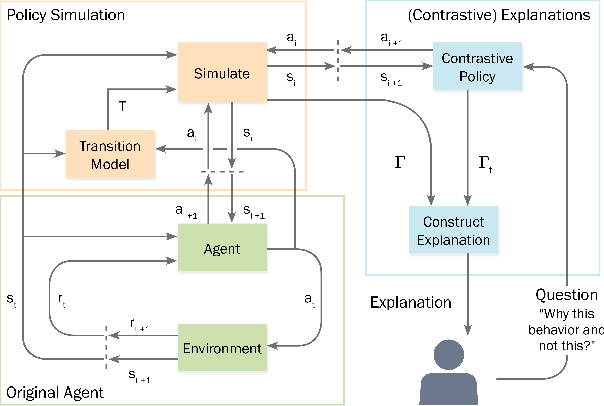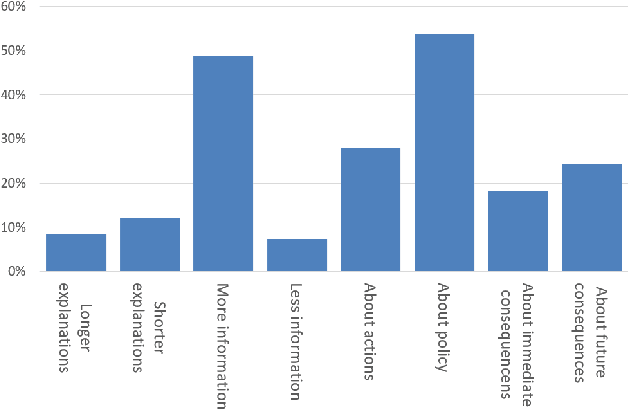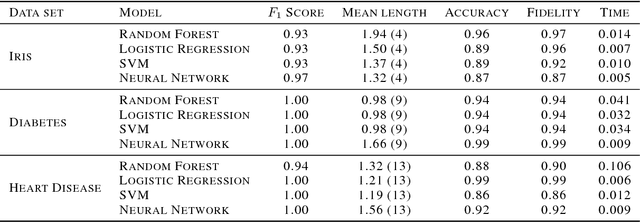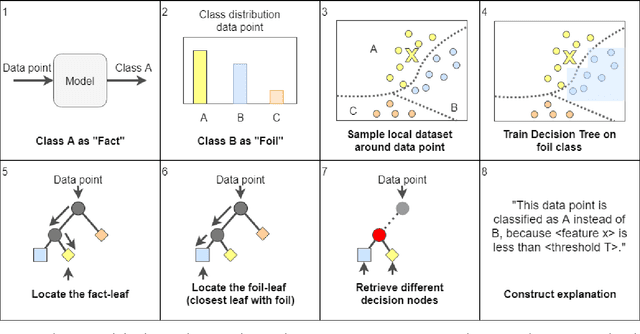Jasper van der Waa
Contrastive Explanations for Reinforcement Learning in terms of Expected Consequences
Jul 23, 2018


Abstract:Machine Learning models become increasingly proficient in complex tasks. However, even for experts in the field, it can be difficult to understand what the model learned. This hampers trust and acceptance, and it obstructs the possibility to correct the model. There is therefore a need for transparency of machine learning models. The development of transparent classification models has received much attention, but there are few developments for achieving transparent Reinforcement Learning (RL) models. In this study we propose a method that enables a RL agent to explain its behavior in terms of the expected consequences of state transitions and outcomes. First, we define a translation of states and actions to a description that is easier to understand for human users. Second, we developed a procedure that enables the agent to obtain the consequences of a single action, as well as its entire policy. The method calculates contrasts between the consequences of a policy derived from a user query, and of the learned policy of the agent. Third, a format for generating explanations was constructed. A pilot survey study was conducted to explore preferences of users for different explanation properties. Results indicate that human users tend to favor explanations about policy rather than about single actions.
* XAI workshop on the IJCAI conference 2018, Stockholm, Sweden
Contrastive Explanations with Local Foil Trees
Jun 19, 2018


Abstract:Recent advances in interpretable Machine Learning (iML) and eXplainable AI (XAI) construct explanations based on the importance of features in classification tasks. However, in a high-dimensional feature space this approach may become unfeasible without restraining the set of important features. We propose to utilize the human tendency to ask questions like "Why this output (the fact) instead of that output (the foil)?" to reduce the number of features to those that play a main role in the asked contrast. Our proposed method utilizes locally trained one-versus-all decision trees to identify the disjoint set of rules that causes the tree to classify data points as the foil and not as the fact. In this study we illustrate this approach on three benchmark classification tasks.
 Add to Chrome
Add to Chrome Add to Firefox
Add to Firefox Add to Edge
Add to Edge